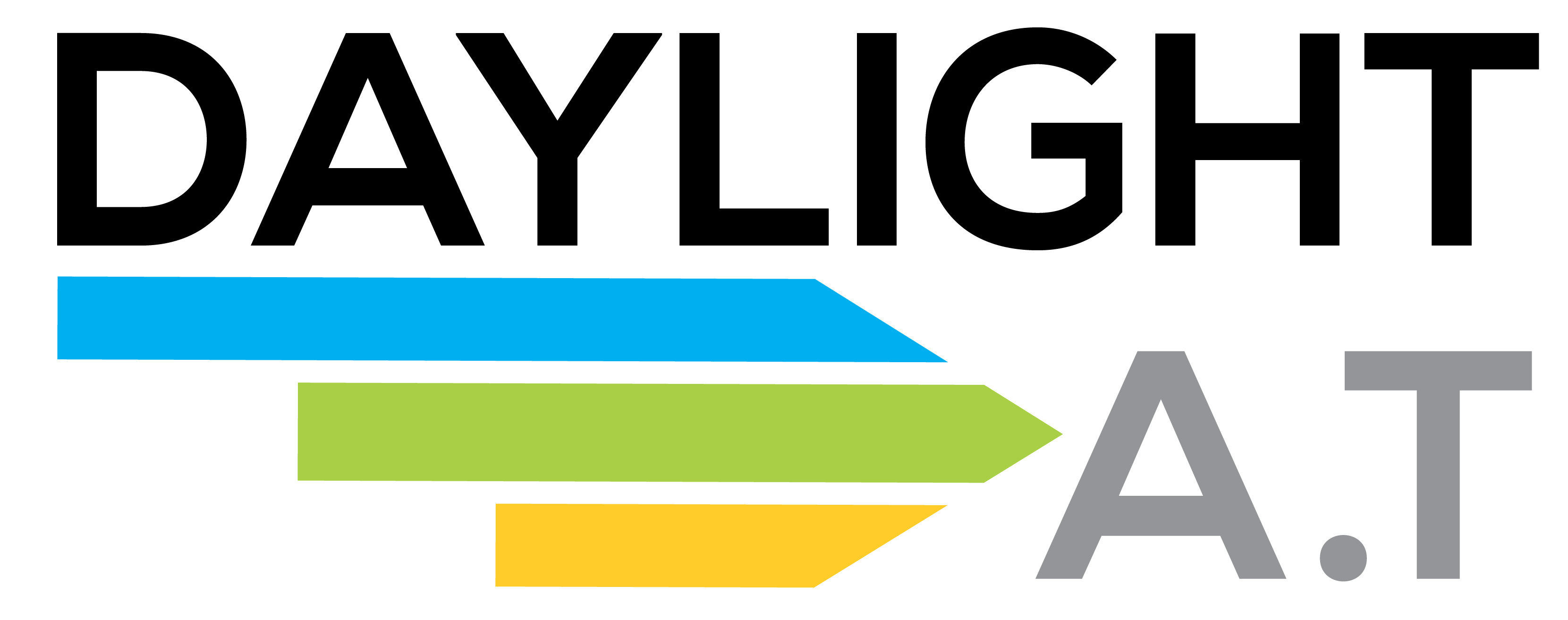Any Document, Anywhere, Anytime.
Most companies today seek web based document management solutions. This does not automatically mean a hosted or cloud-based system, although that is always an option with DaylightAT. Web based document management solutions can also be implemented on-premises. The web interface is the mechanism for users to access the data, but all systems and data storage can be managed internally.
DaylightAT can get you there with no capital costs, no internal software requirements and a short discovery launch time-frame.
DaylightAT offers cloud or hosted document management, in the form of ImageSilo, the world’s leading web based document management solution. For as little as £35 per month, your entire company can use this powerful application, and grow your system over time. 1 user or 100, ImageSilo can serve as your web based document management and grow with your company. Try it out today by contacting DaylightAT for a free trial.
Integrate Web Based Document Management – Static or Dynamic
Another advantage of a web based document management solution is the ability to easily integrate URL shortcuts to any document in the system, or to any screen in the system. You can also dynamically generate URL’s from third-party applications, linking documents on-the-fly, with no permalinks or fixed URL’s required.
There are a number of items to consider when evaluating web based document management. In fact, just under the heading “Architecture”, there are a list of items you should consider. Firstly, are the items relevant or critical in your organisation? Secondly, does the software being evaluated meet the requirement? Here are a few items to think about:
- Web Architecture: Not all web based software is built alike. Just because a system can present a web page interface does not mean it can also scale out to a public-facing site that requires a high degree of availability. Can the system support multiple web servers? If not, you’re essentially building a client/server solution with a web interface. Even if you don’t roll out your web based document management system to the public today, it’s important to know whether your systems can meet the challenge.
- Load Balancing: If the system can be spread across more than one web and/or application server, how well does it play with load balancing technologies, to distribute your workloads evenly, and ensure performance does not suffer as the system grows.
- Web Services: How do your servers communicate with other servers, or with client machines? Web services makes it easier to standardise. Making APIs available over web services makes integration projects powerful, functional.
- Service-Oriented Architecture (SOA): How do your application servers communicate with other application servers when performing shared tasks? A well-designed system will take a services oriented approach, making sure components function as designed without any overstep.
- File Replication: The ability to perform file replication on data in the system. File replication allows all changes to the document files and full text databases to be replicated to another server or site for high availability applications. Can you replicate data to as many separate locations as necessary? Regardless of third-party storage solutions you may have in place, this powerful function is perfect for backup and redundancy.
- Support for SSL and Non-Standard Ports: SSL enables full encryption of traffic (including documents) between client applications and servers. Non-standard ports allow administrators to host multiple web sites at a single IP address. Administrators can also obscure communication between segments (i.e. between the web server and the application server).
Of course there are many other technical and architecture factors, of varying degrees of importance. But a well-designed architecture is a key factor for any web based document management installation.
Better architecture does not always mean a higher price
And do not fail to overlook Licensing requirements as well. Applications may hit all the marks on the above shortlist of items – but may also you charge for various server licenses. And each time you add a server, are you also required to buy a license? In an age of justifying TCO (Total Cost of Ownership), these are critical factors in any purchase decision.
DaylightAT provides a host of web based document management solutions and supporting services:
- Document Management Consulting and Discovery, independent development of tenders and Requests for Proposal (RFP);
- Development of Workflow and E-Forms Processes;
- Office Automation and integration with Multi Function Devices and peripherals;
- Integration to existing websites and portals;
- Outsourced back-file conversion and scanning services;
- Mailroom processing;
- Data Extraction services;
- offshoring;
- and more.
To learn more about our cloud-based or premises-based offerings, visit our document management pages. Or read another of our client stories in the Project Portfolio.

